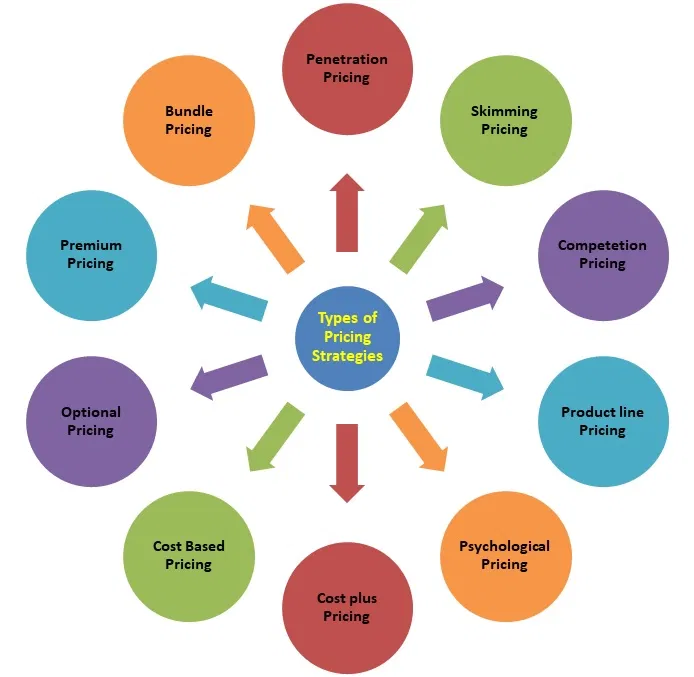Pricing Strategies in International Marketing Mix
Pricing decisions can determine whether a firm's product/service will or won't be successful
Published by Lukasz Sramkowski. .
SME Bestpractice Food&Beverage Export International marketing International marketingPricing is one of the most relevant elements of the marketing mix. Price is defined as the amount of money required for a product or service. Generally, this should reflect the cost of producing the product, the cost of providing any necessary or ancillary services, a return for the firm, as well as the quality of the product.
Different pricing strategies
According to a firm’s objective, the following pricing strategies can be considered:
- Competition pricing. When a company tries to differentiate itself from its competition, it can change the price, making it higher or lower, to achieve the planned result.
- Skimming pricing. This is a strategy where the price is set high from the start. It is very popular in electronic and tech companies, where the initial price slowly decreases over time, after the release date. It gives a possibility of introducing the product in steps to different layers of the market.
- Penetration pricing. This is something opposite to a skimming strategy. It starts with a low price to penetrate the market, usually with a product that already exists in the market. It helps to gain sales and market share. In the future, the price may be raised.
- Product Line pricing. This strategy is linked to the kind of features of the product. E.g., a phone might have a different price whether it has a 4k camera build in or not.
- Psychological pricing. We can see this strategy applied every day in shops and supermarkets. It is a method of changing the price to simulate it is smaller than it is. For example, when the product should cost €100, it will be changed to €99 to simulate it is cheaper.
- Cost Plus pricing. This strategy is applied when, in order to determine the final price, a percentage is added to the costs as a profit margin.
- Optional pricing. This technique works when a product is being sold with an additional item, with the aim to boost up the product’s attractiveness. It may be a phone with extra internet, a washing machine with a 10-year guarantee etc.
- Premium pricing. This means setting up a price at a higher level to establish the exclusiveness of a high-quality product. Premium brand stores or luxury cars are a great example.
- Bundle pricing. It is a pricing strategy in which multiple products are sold at one price, instead of charging each one of them separately.

Conclusions
While looking into factors influencing the price strategies, we can establish two main categories, namely internal and external factors:
- Among the factors that are internal to the firm, three stand out: the knowledge of costs, the knowledge of the market and sales channel, and the firm's business strategies. While the company can, to some extent, exert control over these elements, sometimes it may not be so easy to do so. Indeed, some changes require significant cost and time efforts and thus are not always profitable for the organization.
- External factors have a great influence on pricing decisions, but cannot be completely controlled by the firm. They include the macroeconomic conditions in the countries to which you want to export, the behavior of target customers, the competitive structure and legislative constraints of the different markets.


